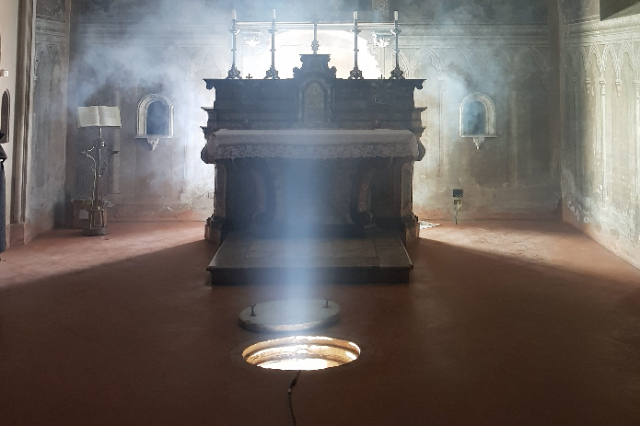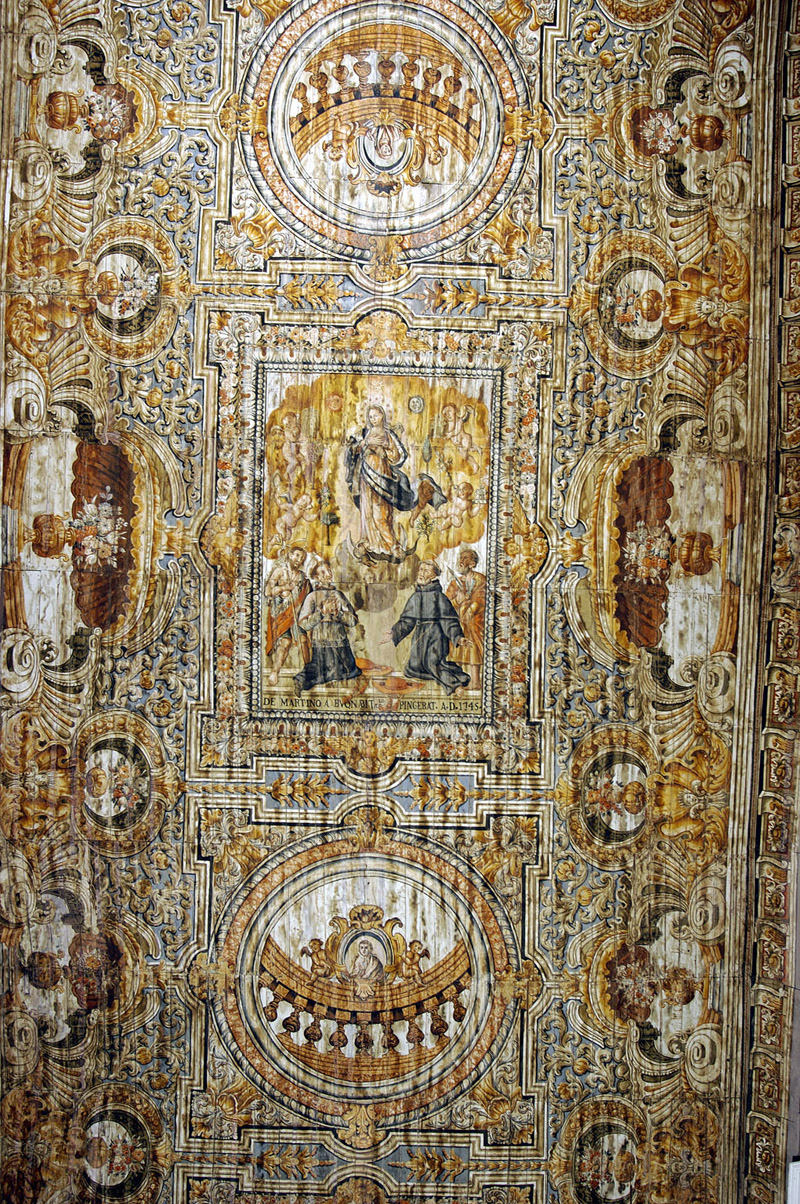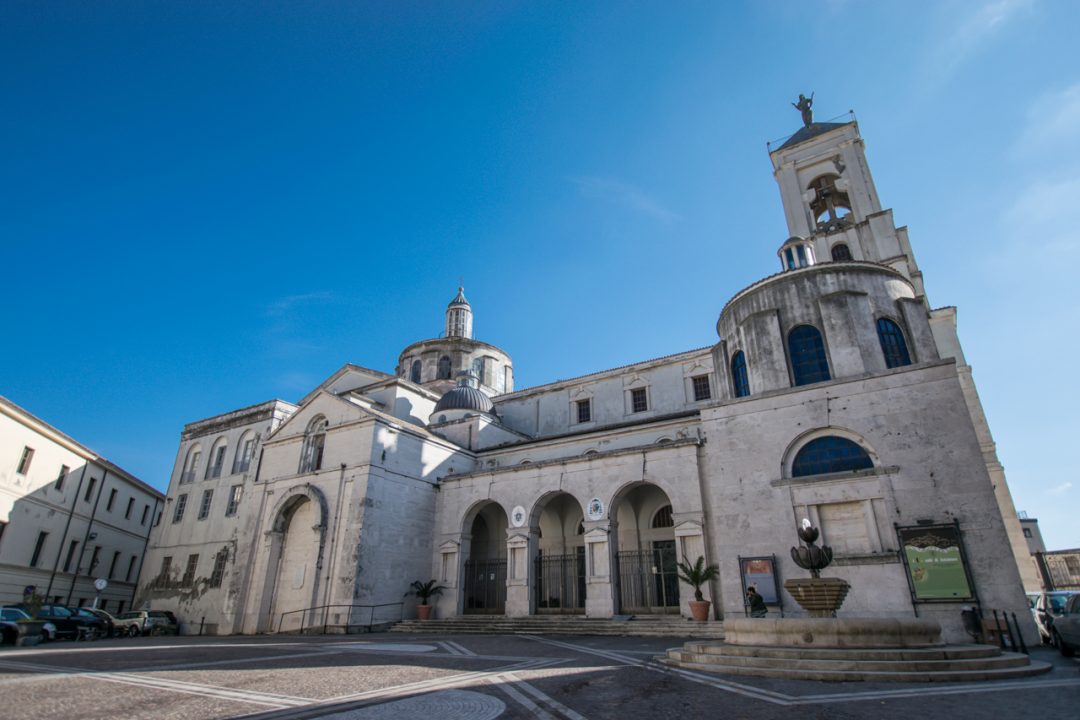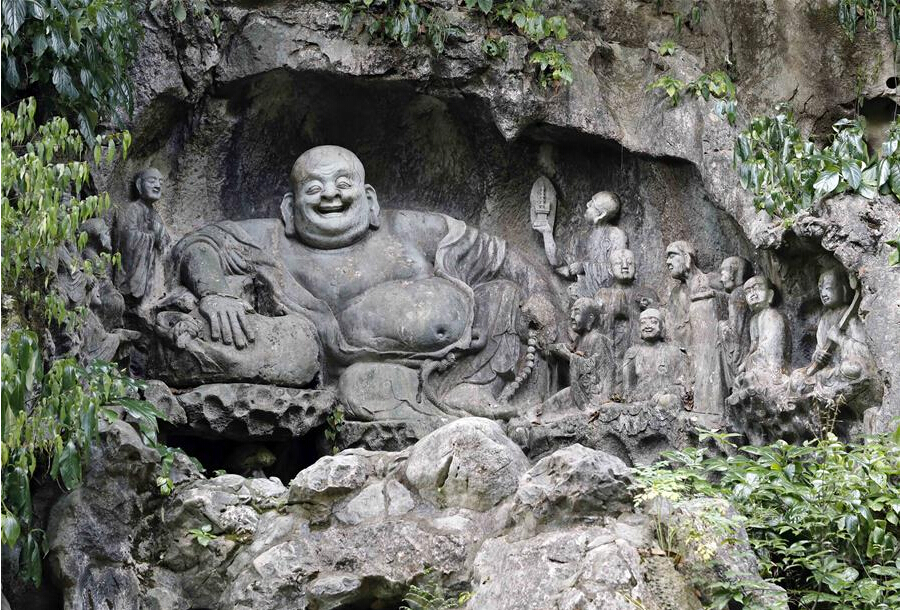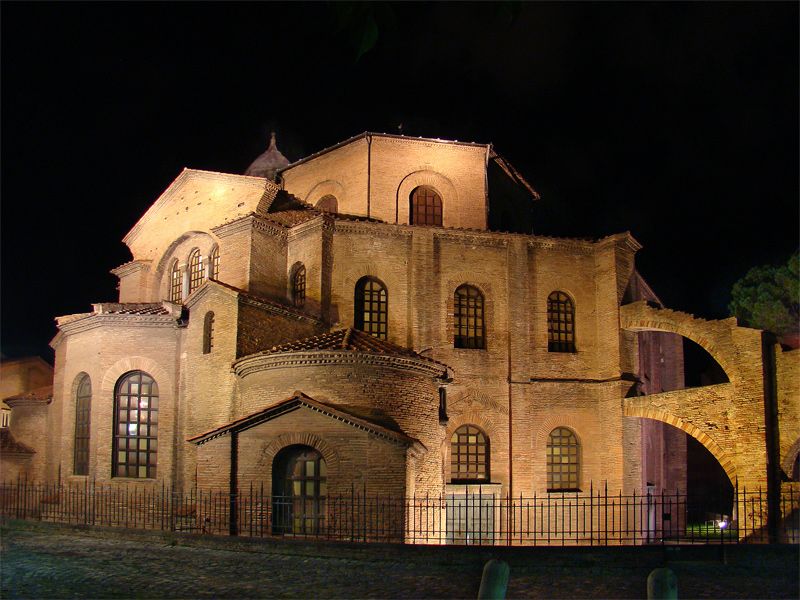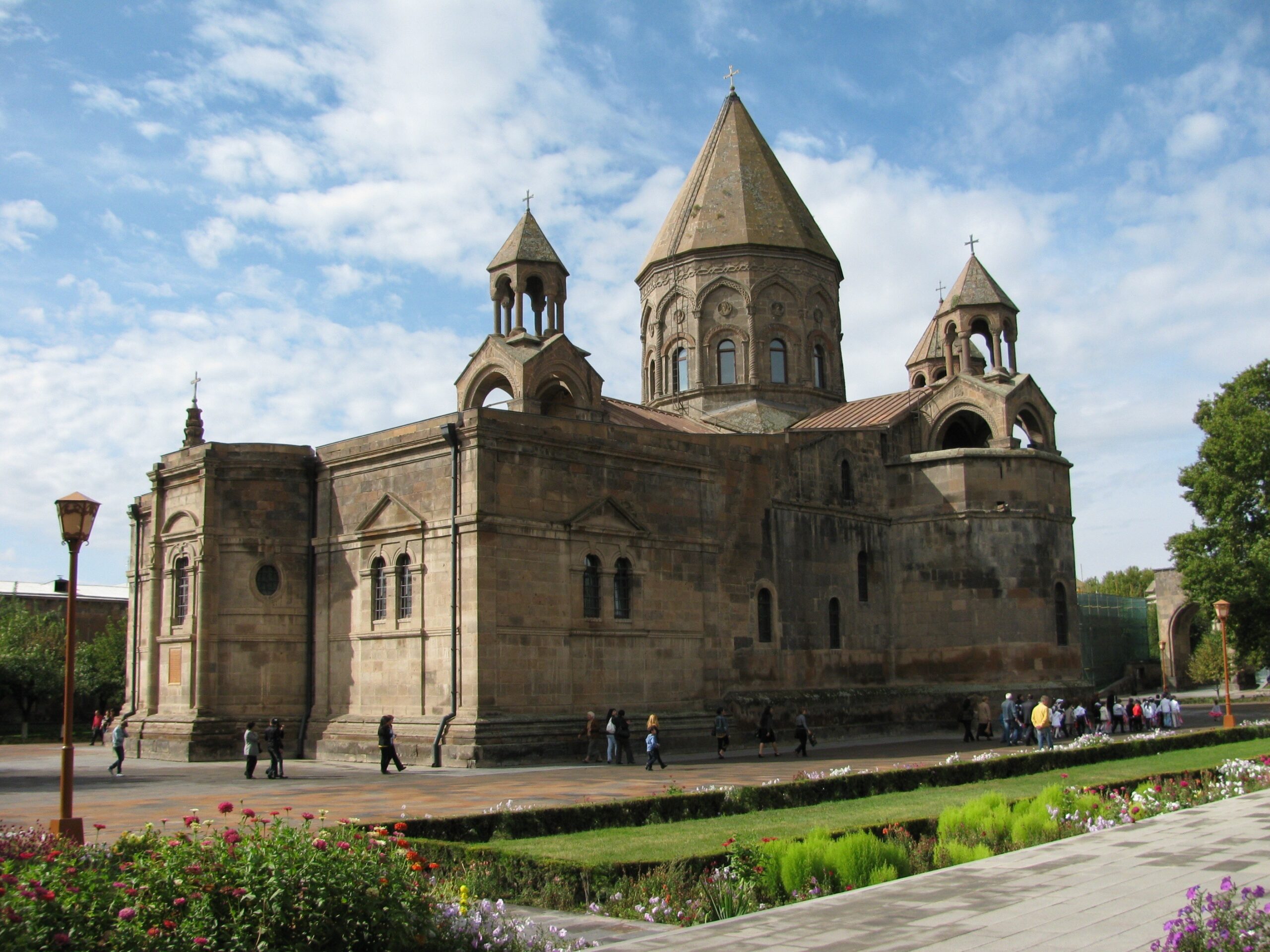The church of Santa Maria in Cortina is located opposite the Municipal Theater, on the site where an earlier church had been built, probably at the behest of Bishop Savinus (375-420). It was rebuilt between the 10th and 11th centuries.Inside the church are 16th-century frescoes on the vaults and in the lunettes of the sanctuary, depicting stories related to the figure of Mary. In the four vaults alternate the Nativity of Mary, the Annunciation, the Wedding of the Virgin and the Assumption of the Virgin. The lunettes on the side walls show the Presentation in the Temple and fragments of a fresco with the Apostles around Mary’s empty tomb, interrupted by a rear window.The frescoes are attributed to a single hand, with the possible exception of the Assumption section, which shows superior stylistic quality. In the architectural settings, characterized by a narrative taste and predominant color tones, influences from artists such as Pordenone and the Cremonese school of painting can be perceived. The cycle is believed to be the work of local painter Remondino or Remondini, who lived in the 16th century, although the attribution is still being studied. The frescoes have also been attributed to the Veggi brothers, Giovanni and Giacomo, originally from Piacenza.Traces of older wall paintings are also preserved on the left wall of the hall, including a lunette with a fragmentary figure of the Redeemer, datable between the 11th century and the end of the 12th century, and a Madonna with Saint Nun, dating from the 15th century.Also of great significance is the scagliola antependium in the third left bay, depicting the Nativity of Mary and Saints Antonine and Justina, made in the first quarter of the 18th century.In the center of the hall, enclosed by a slab, is an opening indicating the well of St. Antonine. In reality, this opening was created in the seventeenth century, while the real mystery of the little church lies in the fourth-century hypogeum that develops under the floor, yet to be explored. Access to the hypogeum is through an opening in the sacristy, closed by a square slab. Through a secure staircase it is possible to descend into the rectangular underground space, with brick walls along the descent and a barrel vault, measuring about 1.80 x 2.30 meters. This space is believed to be the first tomb of St. Antoninus, "almost intact and which most likely housed the martyr’s remains and the glass flask containing his blood" (Siboni 1971). Located about 6 meters below the present level.
